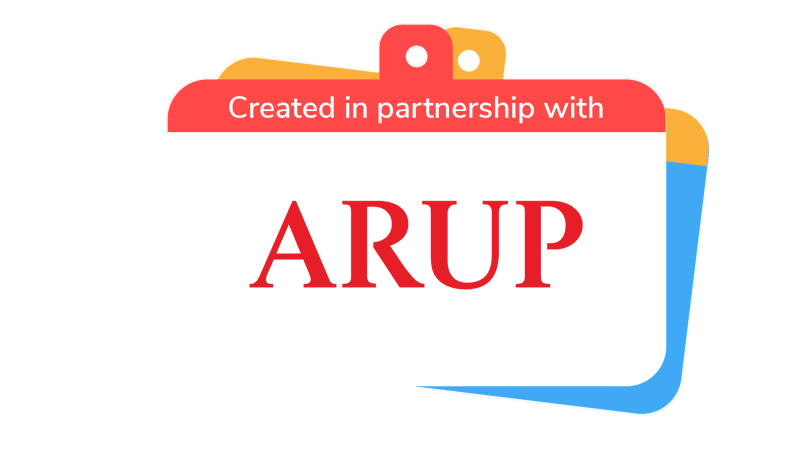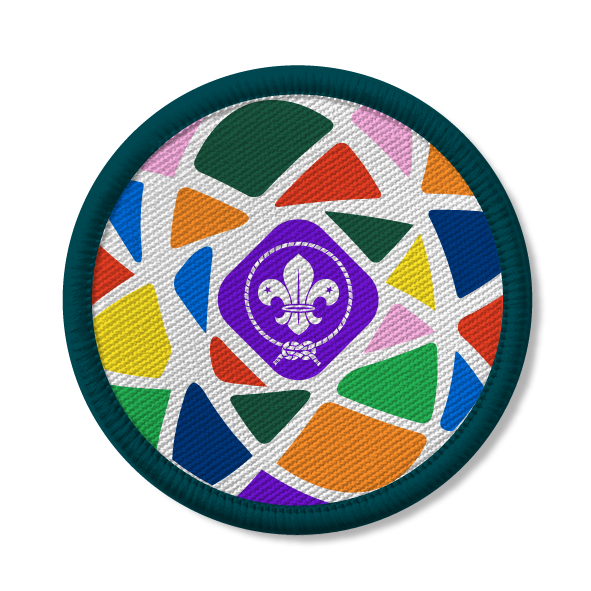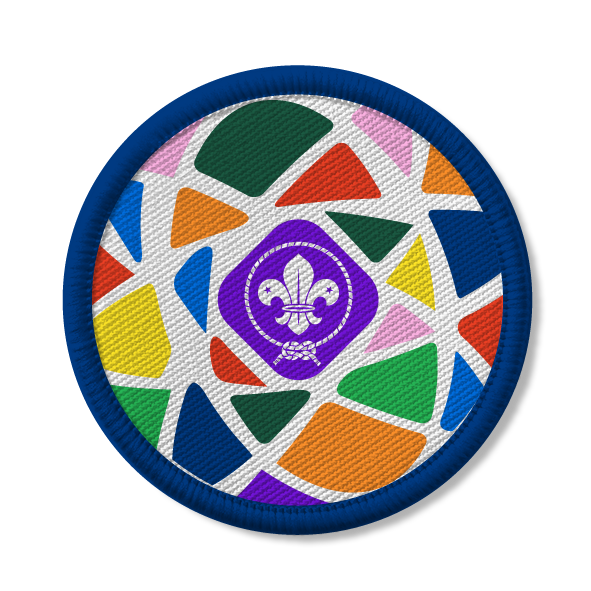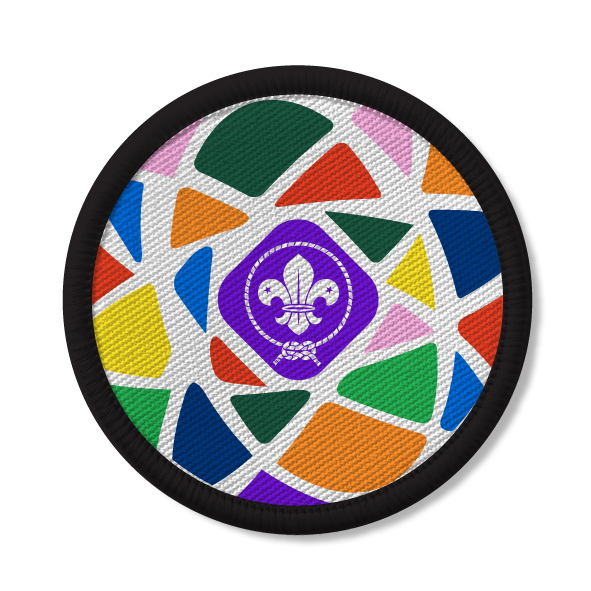
Model rain water filtration
You’ll need
- Paper cups
- Access to water
- Natural materials (for example, leaves, twigs, feathers)
- Small amount of stones
- Small amount of sand
- Container to hold water such as a bucket
- Image of multi-tier grey/rain water filter system (optional)
Before you begin
- Use the safety checklist to help you plan and risk assess your activity. There's also more guidance to help you carry out your risk assessment, including examples. Don’t forget to make sure all young people and adults involved in the activity know how to take part safely.
- Make sure you’ll have enough adult helpers. You may need some parents and carers to help if you’re short on helpers.
If you completed our water usage activity before this, connect the two activities by discussing how that water was flushed out of the home and into the sewerage system and will now require treatment before being used again.
Set the scene
- Discuss with the group weather we always have to use treated, drinking water from the tap for everything around the house and garden? What other water sources could we use?
- Discuss how Rainwater can be used as a source of water when other sources are not available.
- Share with the group an image of a multi-tier grey/rain water harvesting system. Chat about how this might work in your meeting place.
- Explain that crating a multi-tier model would be tricky so the model in this activity will have the same stages but in one container.
- Discuss what materials would be good to use to filter water.
Create your filters
- The person leading the activity should set some boundaries and limits, so everyone knows where they can go during the activity.
- Everyone should spend up to 10 minutes searching for natural materials to use in their water filter. They should experiment and choose anything they think will help filter out dirt from the water, but they shouldn’t take anything from living plants.
- While they’re searching, fill a container with water and add a small amount of dirt and debris to the water to create some dirty water and set it aside.
- Once everyone’s finished collecting their materials they should take two paper cups and a pen, pencil, or stick.
- Everyone should poke a hole in the bottom of one of their cups using a pen, pencil, or stick.
- Everyone should layer the natural materials they collected, such as small stones, moss, and leaves, in the cup with the hole in to create a filter. They should experiment with different amounts of each material and their positions in the cup.
Test your filters
- Transfer the dirty water made in step four into enough cups for everyone to have one each.
- Everyone should take the cup of dirty water. They should hold the water filter cup above the other cup, and slowly pour the dirty water into the filter cup. A good filter should remove all the visible dirt and debris, but no one should drink the filtered water.
- Everyone should pour the water through a few times to see if they can remove even more dirt. They should try to perfect their filter each time, until it works as well as possible. It’s still not safe to drink the filtered water.
- As people are filtering their water, the person leading the activity should remind them that it’s not just the dirt that you can see in the water that might be bad for you. Bugs, bacteria and viruses can all hide in water and make people very unwell.
Try making a filtration system
You'll need
- Small cardboard box
- 1 small plastic tub e.g. old takeaway box
- 2 straws – use paper or used straws where possible
- Scissors or craft knife
- Glue gun
Now you've made a simple water filter (or filtration tank), you could try creating a multi-tier system.
- Take a cardboard box and place it on a table. If certain or all members want to, you can choose to decorate it to make it look more like a building!
- Using either scissors or a utility knife, puncture a hole towards the base of one side of the plastic tub.
- Insert one end of a straw in liquid glue and put it through the hole, ensuring no water can escape
- Stick the takeaway tub to the top of the box (our building). This is your rain water capture device. Where you have a flat roof building a tank like this could sit on top. Where you have a sloped roof the tank may be replaced by the buildings gutters
- In the first pot, using either scissors or a utility knife, puncture a hole on one side near the top, and another hole on the other side near the bottom. If you completed the activity above, use the filtration tank you've already made in this step.
- In the second pot, using either scissors or a utility knife, puncture a hole on one side near the top. Now fix the other end of the straw that is connected to your plastic tub and fix it in the same way to the top hole in the first yoghurt pot.
- Take the second straw and glue it between the remaining hole in the first pot (your filtration tank) and the second yoghurt pot
- Finally add in first some stones to the middle yoghurt pot (your filtration tank) and then some sand until it’s about halfway full
Test the model
- Slowly pour some water into your rain capture tank and watch it flow through the system. This is you mimicking rain.
- You can see how the filtration tank works by making your rain “dirty” by adding some soil from outside and seeing how it is cleaned through the filtration tank.
- You now have your very own model rain capture system. Why not go outside and have a quick look and think at how you could do the same to your scout hut?!

Reflection
Water is an increasingly stressed resource globally, and events such as droughts will occur with increasing frequency with climate change. Extracting water can affect freshwater environments and the wildlife that rely on these habitats. Furthermore, the process of water treatment that allows us to access water from the turn of a tap is incredibly energy intensive, a contributor of climate change. Therefore, when we use water in the home we should look at how we can use water as efficiently as possible. One method is by rainwater harvesting. In traditional systems, rainwater runs off the roof of a house, into the gutters at the base of the roof where it is conveyed to the drains and into the sewage system.
In a rainwater harvesting system, the water is instead conveyed into a storage tank where it is collected and used to water the garden during drier periods. This makes use of water that would be lost to the sewer system and reduces the need to use treated tap water and is therefore a more efficient way to use water. What are some ways you can think of ways of implementing this at your Scout premises or local scout campsite to reduce your impact on the planet?
Safety
All activities must be safely managed. You must complete a thorough risk assessment and take appropriate steps to reduce risk. Use the safety checklist to help you plan and risk assess your activity. Always get approval for the activity, and have suitable supervision and an InTouch process.
- Sharp objects
Teach young people how to use sharp objects safely. Supervise them appropriately throughout. Store all sharp objects securely, out of the reach of young people.
- Rubbish and recycling
All items should be clean and suitable for this activity.
- Gardening and nature
Everyone must wash their hands after the activity has finished. Wear gloves if needed. Explain how to safely use equipment and set clear boundaries so everyone knows what’s allowed.
- Hot tools
Tools, such as irons and glue guns, produce a lot of heat. Never touch the hot metal parts. Use them under adult supervision and on a suitable surface, protecting it if necessary. Never leave hot tools unattended and be careful near combustible materials such as wood, textiles, or paper. Make sure there’s a fire extinguisher and a first aid kit (with items to treat burns) nearby. Always follow the manufacturer’s instructions for proper use. You may need to use gloves and safety goggles with glue guns.
Ensure there are leaders or parents/guardians supervising who can help with different aspects of the activities, in particular, using sharp implements for water filter and model rainwater harvesting system. Additionally, make sure there is enough supervision to ensure no one drinks the water.
All Scout activities should be inclusive and accessible.
There are many ways to learn more and take action with water beyond your meeting:
- Consider what you may be able to do to improve the water environment locally
- Go on a litter pick near a local river
- Link with organisations like the Rivers Trust to help with water quality testing (see WaterBlitz), invasive species removal and habitat creation
- Install a rain garden on the site of your Scout hub
- Look at ways to be more water efficient at your Scout hub (e.g. water saving devices in toilets, informational posters, installing grey water reuse systems).
- Invite a speaker from a water charity to your Scout meeting – e.g. WaterWise (not-for-profit campaigning organising encouraging reduction in UK water consumption). Many charities may be able to visit your group to explain more about their work.
Collected water but it looks too dirty? Check out the Water Filtration Activity here.


